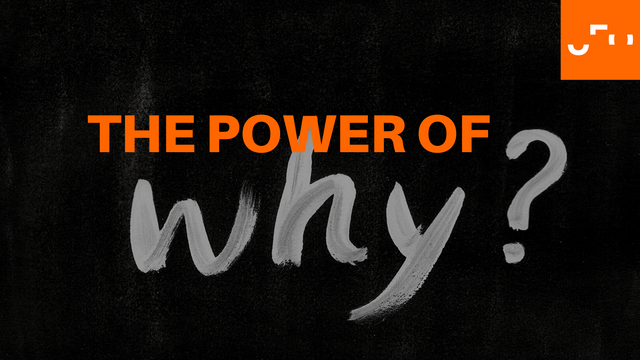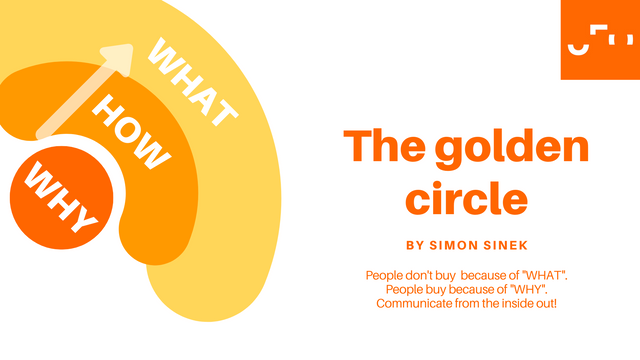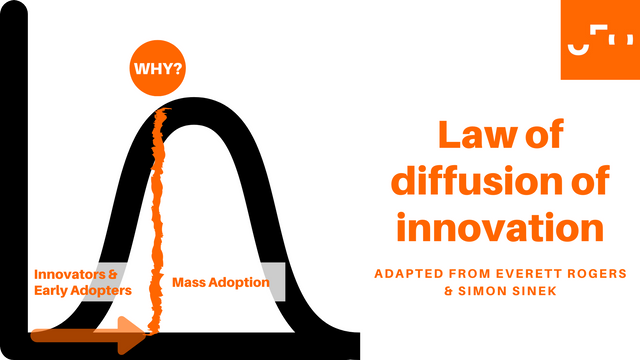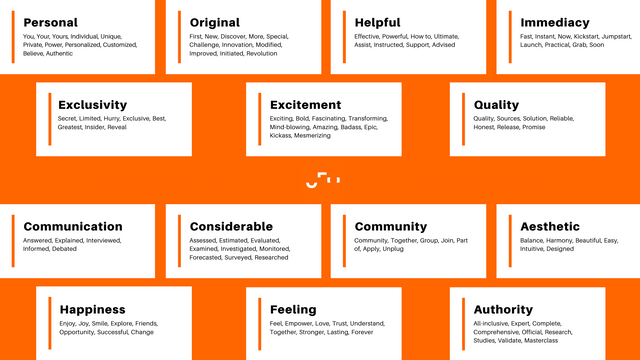
The power of WHY
Over the past years we have seen a pattern in great leaders and what makes amazing companies flourish. How do they move from being an innovator with a few early adopters behind them towards growing a community and gaining mass adoption?
We adapted the fascinating concepts of Simon Sinek’s TED talk on “Start with why - how great leaders inspire action” and added some of our own learnings to provide you with a great guide on how to communicate your brand with a focus on inspiring others and growing a community.
The power of why: make everyone understand why your idea/project/product exists. The power of why is not about making profits. Profit is a result. Whatever your organization does is a way to prove what they believe. So why does your organization exist? Why should anyone care?
Similar to the sense of purpose that we search for during our lifetime, an organization should know their purpose and start the communication there. If you communicate the why and express your beliefs, then you will ultimately attract those who believe in your beliefs. This concept will support your process of growing a sustainable community.
Simon Sinek has created “the golden circle” to explain the importance of communicating from the inside (starting with why) towards the outside (ending with what) in order to truly drive behavior.
WHAT - HOW - WHY:
- What: Every single leader knows what they do.
- How: Some know how they do it (the USP)
- Why: Very few know why they do → their purpose/cause/belief?

Drive behavior
The concept of the golden circle is supported through biology. In your brain, the neocortex is responsible for rational thoughts and language. It understands the what and how, and you can feed it vast amounts of facts and figures.
However, the sections of the limbic brain are responsible for emotions and decision making. When we use the power of why and communicate from the inside out, we direct our message to the parts of the brain controlling decision making, and later through the how and what, make people rationalize these concepts.
Innovators & Early adaptors
When looking at the Law of diffusion of innovation, popularized by Everett Rogers (as early as 1962), you begin to understand the processes of new ideas and technology spreading.
You have:
- The first 2.5% = innovators.
- The next 13.5% = early adopters.
- The next 34% = early majority
- The next 34% = late majority
- Finally the last 16% = the laggards
Innovators & Early adaptors are much more comfortable in understanding the why, and are likely more driven by the why, compared to the majority and laggards.

Growing a community and reaching mass adoption
You need to reach people with the most potential, the ones who are the most likely to be part of your community. Trying to cross the point between early adopters and the early majority is crucial.
It’s also called the “tipping point”, vital for mass-market success. As marketeers you shouldn’t think about communicating to “as many people as possible”, but rather focus your efforts towards those where you will create the vital effects. Think about how you can reach those “that get it” versus the ones who “don't get it”. Understanding the stages involved in the diffusion of innovation will help identify how you can influence people at each stage.
There are 5 common factors affecting the law of diffusion of innovation. We gathered some more insights into each one of them:
Relative Advantage: How improved is the innovation over another option?
- Service: design, interface, customizability, longevity, productivity
- All in one tool
- Premium: quality, sourcing
- Less resources: money, space, time
- User empowerment: “What’s in it for me” question
- Transparency: profit-margins, sourcing, team, updates, collaboration
Compatibility: Does the innovation integrate into people’s lives? Do people need to change their lifestyles?
- Are shifts in behavior/beliefs/attitudes required?
- Is your innovation dependent on other factors/additional products?
Complexity vs simplicity: how difficult is it to learn/use the innovation?
- Is it intuitive? Check with usability tests.
- “Don’t make me think” - make it easy for people to use the innovation
Trialability: How easily can someone explore your innovation?
- Accessibility?
- Onboarding? (trial periods, freemium versions & demo releases)
- Perceived risk? Provide information, images, videos, customer feedback.
Observability: Can people observe the benefit of your innovation?
- Testimonials?
- Recommendations? Word-of-mouth?
- Side-by-side comparisons or before-after comparisons?
Use power words when expressing your why:

Finding your why
It might be a difficult task, but it’s worthwhile. If you are already aware of the what and the how, these structures might help you achieve the understanding for the why. Reflect on your past, how you got to the point you are now. Maybe a friend, relative or a fellow colleague can help you think in a new perspective? Often you will find a common theme among different stories.